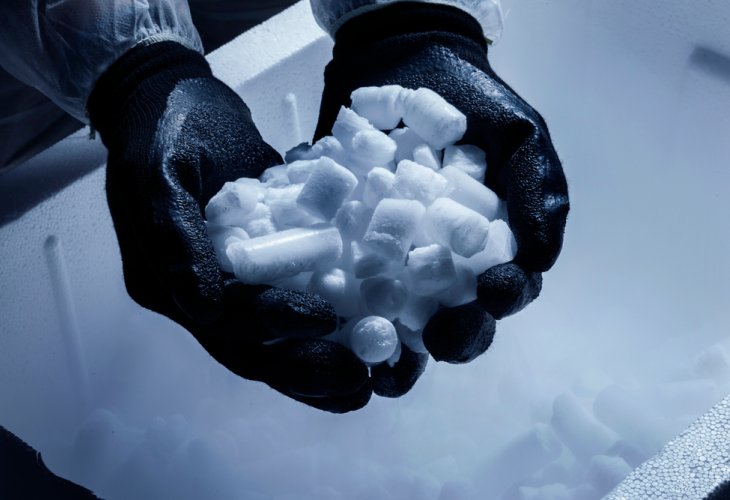Facts You Didn't Know
Amazing Facts About Trains, Trees, and How We Cool Down
Learn why we sweat, how dry ice works, and which tree feeds ants to protect itself
 (Photo: Shutterstock)
(Photo: Shutterstock)What Is the Japanese Bullet Train?
Before 2014, Japan’s famous bullet trains were the fastest, reaching speeds of about 320 km/h. They’re called “bullet” trains because of their high speed and the pointed shape of the front car. Today, Japan has even faster trains that float on magnets and can go up to 500 km/h!
How Does the Acacia Tree Survive in the Desert?
The acacia tree grows in deserts and is used for building and making glue. To survive in the heat, its leaves release a sweet liquid that attracts ants. The ants then protect the tree by chasing away bugs or animals that try to eat it.
Where Is the World's Largest Natural Ice Cave?
The largest ice cave is called Eisriesenwelt, near Salzburg, Austria. It’s more than 42 kilometers long, and about one whole kilometer is covered in ice, even in summer. The cave walls stay frozen all year round!
Why Do We Sweat?
When we get hot, a small part of the brain called the hypothalamus tells our body to sweat. Sweat comes out onto the skin, and as it dries, it cools us down. That’s how we stay at a safe temperature.
How Is Energy Produced From Nuclear Fuel?
Nuclear power plants use energy from tiny atoms to make electricity. It’s a cheap way to produce power without polluting the air. But if something goes wrong at the plant, it can be very dangerous and release harmful radiation.
What Is Dry Ice?
Dry ice is actually frozen carbon dioxide. It’s much colder than regular ice, about minus 76 degrees Celsius. It’s used to keep food cold, cool machines, and even create spooky smoke effects at shows or parties.
Which Animal Raises Its Young in Its Mouth?
When baby crocodiles hatch from their eggs, the mother helps them out and gently carries them in her mouth. She keeps them safe there until they’re ready to swim on their own.

